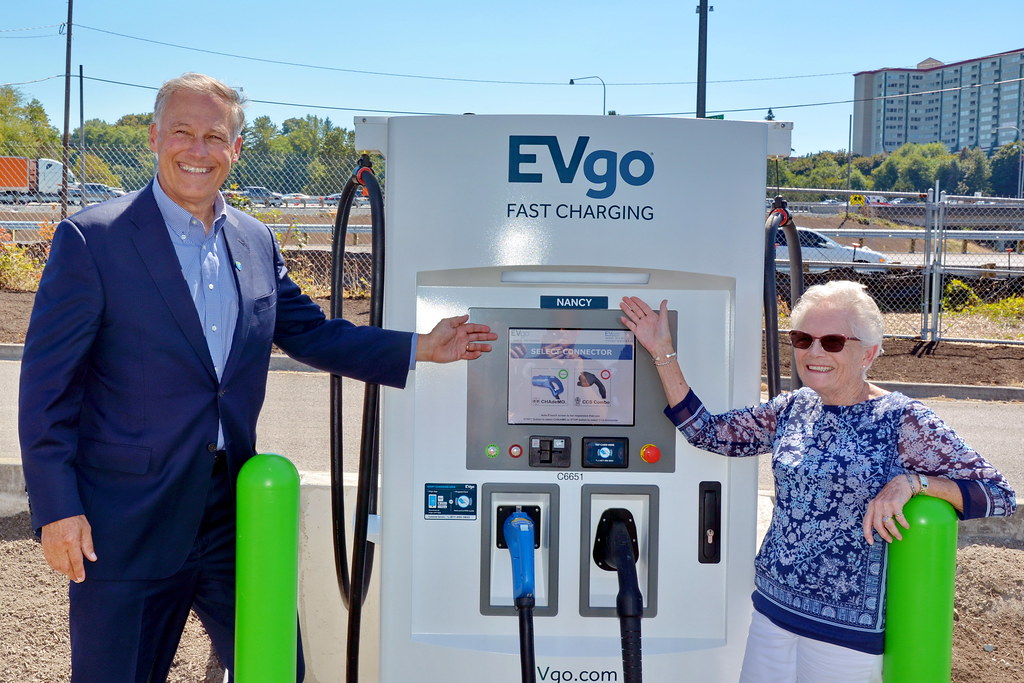
California has introduced its largest electric vehicle charging program yet, the state’s Energy Commission announced on Aug. 5. The $55 million Fast Charge California Project is designed to cover as much as the full cost of installing fast EV chargers at public and business sites across the state.
The initiative is part of the broader California Electric Vehicle Infrastructure Project, which since 2017 has helped install nearly 10,000 public EV chargers, making it the nation’s largest effort of its kind.
Prioritizing Accessibility
According to Hannon Rasool, director of the California Energy Commission’s fuels and transportation division, the new program emphasizes ready-to-build charging projects and places additional priority on disadvantaged communities. Sites must be publicly accessible to qualify, with preference given to tribal areas, low-income neighborhoods, and other locations where access to fast EV charging has been limited.
Alignment With Federal Initiatives
The launch comes as the $5 billion federal EV charging program is set to restart following a June court ruling. The program, a key element of the Biden administration’s EV infrastructure push, was paused earlier this year by the Trump administration but will now resume. A coalition of 16 states, including California, had successfully sued the administration over the freeze.
In the meantime, several states such as Massachusetts, New York, and California had already developed their own public EV charging programs.
The new California project is being administered by the nonprofit Center for Sustainable Energy. Evan Wright, director of EV infrastructure and operations at the organization, said the goal is to “get fast chargers in the ground…fast.” To qualify, projects must be ready to build, with utility design finalized and permits secured.
What The Author Thinks
This program is ambitious, but speed alone doesn’t guarantee success. While California wants chargers in the ground quickly, the real challenge is ensuring they are distributed fairly and remain reliable over time. Rural and low-income communities often get left behind in big rollouts, and if chargers aren’t maintained properly, the investment could lose its impact. Expanding infrastructure is only half the story — keeping it accessible and operational is where trust will be built.
Featured image credit: Jim Culp via Flickr
For more stories like it, click the +Follow button at the top of this page to follow us.
